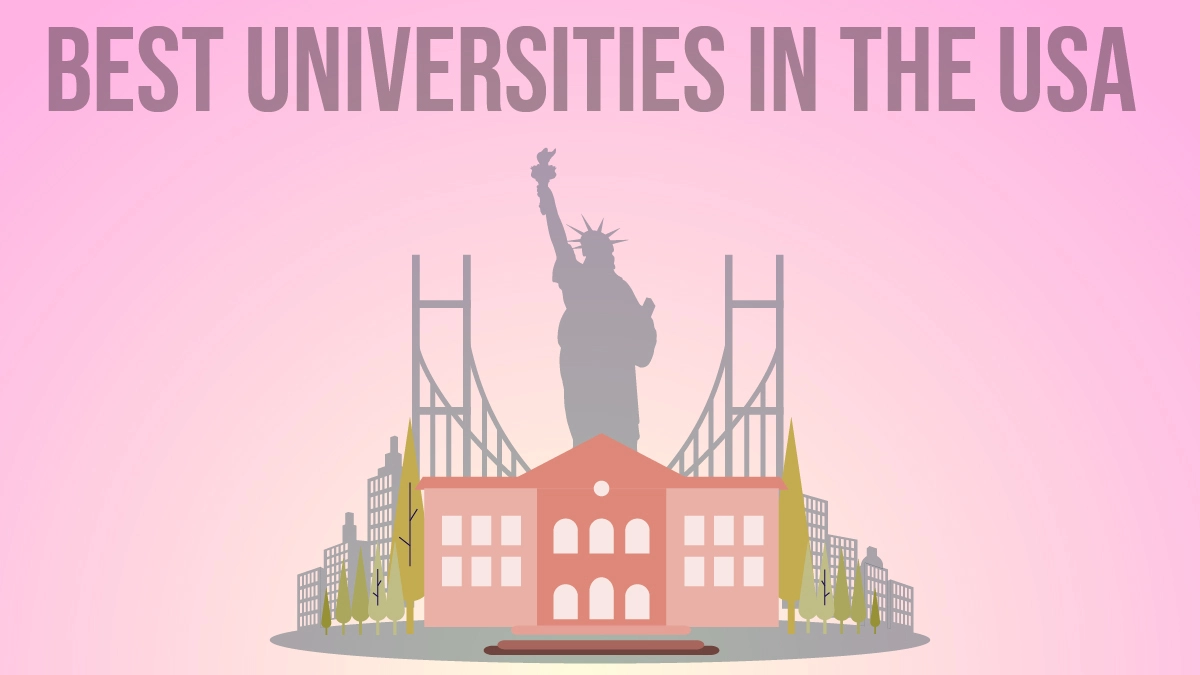The United States has one of the most diverse and extensive higher education systems in the world. Universities in the USA are broadly categorized into public and private institutions. While both offer high-quality education, they differ in funding, tuition costs, student demographics, and academic environments. This guide provides a complete overview of public and private universities, highlighting their differences, advantages, and top institutions.
Understanding Public and Private Universities
What Are Public Universities?
Public universities are funded by state governments and typically offer lower tuition fees for in-state students. These institutions prioritize affordability and accessibility while maintaining strong academic and research programs.
Key Features of Public Universities:
- Funded by state governments.
- Larger student populations.
- Lower tuition for in-state residents.
- Wide range of academic programs.
- Strong research opportunities.
What Are Private Universities?
Private universities do not receive state funding and rely on tuition fees, endowments, and private donations. They often have smaller class sizes, higher tuition fees, and a more personalized learning experience.
Key Features of Private Universities:
- Privately funded through tuition and donations.
- Smaller student-to-faculty ratio.
- Higher tuition but more financial aid opportunities.
- More selective admissions process.
- Strong alumni networks and career support.
(Replace with actual image)
Differences Between Public and Private Universities
| Feature | Public Universities | Private Universities |
|---|---|---|
| Funding | State-funded | Privately funded |
| Tuition | Lower for in-state students; higher for out-of-state | Higher, but more scholarships available |
| Class Sizes | Larger, less personalized | Smaller, more individualized |
| Programs | Wide variety, research-focused | Specialized, strong liberal arts programs |
| Selectivity | Less competitive (varies by state) | More selective admissions process |
| Research Opportunities | Strong, state-funded projects | Private-funded research programs |
| Campus Culture | Large, diverse student body | Smaller, close-knit community |
Top Public Universities in the USA
Public universities in the USA are known for their strong academic programs and affordability. Here are some of the top-ranked public universities:
1. University of California, Berkeley (UC Berkeley)
- Location: California
- Best Programs: Engineering, Business, Computer Science
2. University of California, Los Angeles (UCLA)
- Location: California
- Best Programs: Film & Media, Medicine, Engineering
3. University of Michigan, Ann Arbor
- Location: Michigan
- Best Programs: Law, Medicine, Social Sciences
4. University of Virginia (UVA)
- Location: Virginia
- Best Programs: Business, Political Science, Law
5. University of North Carolina at Chapel Hill (UNC)
- Location: North Carolina
- Best Programs: Journalism, Medicine, Public Health
Top Private Universities in the USA
Private universities are often ranked among the best globally. They offer rigorous academics, research opportunities, and extensive career support. Here are some of the most prestigious private universities:
1. Harvard University
- Location: Massachusetts
- Best Programs: Law, Medicine, Business
2. Stanford University
- Location: California
- Best Programs: Engineering, Business, Entrepreneurship
3. Massachusetts Institute of Technology (MIT)
- Location: Massachusetts
- Best Programs: Computer Science, Artificial Intelligence, Engineering
4. Princeton University
- Location: New Jersey
- Best Programs: Mathematics, Humanities, Public Policy
5. Yale University
- Location: Connecticut
- Best Programs: Law, Arts & Humanities, Social Sciences
(Replace with actual image)
Cost Comparison: Public vs. Private Universities
Tuition Fees
The cost of attending a university in the USA depends on whether the institution is public or private.
- Public University (In-State Tuition): $10,000 – $30,000 per year.
- Public University (Out-of-State Tuition): $25,000 – $50,000 per year.
- Private University Tuition: $30,000 – $70,000 per year.
Financial Aid and Scholarships
Many students receive financial aid through:
- Federal and State Grants (for public universities).
- Merit-Based Scholarships (offered by private universities).
- Work-Study Programs (available at both public and private institutions).
Class Size & Learning Experience
Public Universities:
- Larger class sizes (100+ students in some lectures).
- More independence in learning.
- Access to large research labs and faculty.
Private Universities:
- Smaller class sizes (often 15-30 students per class).
- More direct interaction with professors.
- Strong mentorship and networking opportunities.
Campus Culture & Extracurricular Activities
Public Universities:
- Large, diverse student bodies.
- Extensive athletic programs (NCAA Division I teams).
- Multiple student organizations and activities.
Private Universities:
- Close-knit communities.
- Focus on leadership and academic clubs.
- Strong alumni involvement and networking events.
Job Opportunities After Graduation
Both public and private universities offer excellent career prospects. However, private institutions tend to have:
- Stronger alumni networks that help in job placements.
- More direct corporate connections with employers.
Public universities, on the other hand, often have:
- State government partnerships for local job placements.
- Internship opportunities with large companies.
Best Cities for Jobs After Graduation
- San Francisco, CA – Tech industry (Silicon Valley).
- New York City, NY – Finance, business, and media.
- Boston, MA – Education, healthcare, and research.
- Chicago, IL – Business, law, and consulting.
- Los Angeles, CA – Film, entertainment, and media.
Which Type of University is Right for You?
Choosing between a public or private university depends on your budget, career goals, and preferred learning environment.
- Choose a Public University if:
✅ You prefer affordability.
✅ You want a diverse campus experience.
✅ You are interested in a wide range of programs. - Choose a Private University if:
✅ You prefer smaller class sizes.
✅ You seek a more personalized learning experience.
✅ You want access to exclusive alumni networks.
Final Thoughts
Both public and private universities in the USA offer excellent education, career opportunities, and diverse experiences. Public institutions are ideal for affordability and variety, while private universities provide personalized learning and elite networking opportunities. When choosing a university, consider your academic interests, budget, and long-term career goals to make the best decision for your future.
If you’re planning to study in the USA, start researching universities early, explore scholarship options, and choose the institution that best fits your needs!
